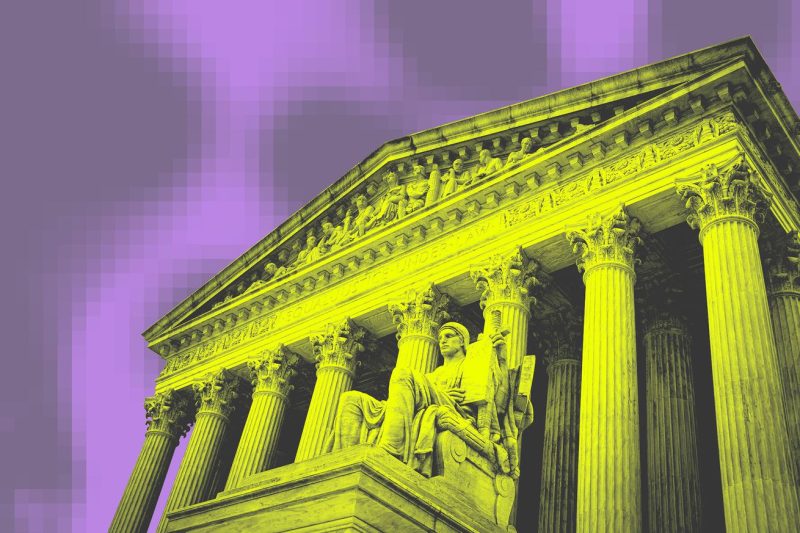The Supreme Court recently agreed to decide the fate of the Low-Income Broadband Fund, a pivotal program aimed at providing affordable internet access to low-income Americans. This decision holds far-reaching implications for bridging the digital divide and ensuring equitable access to essential online services. The case has sparked widespread debate and raised critical questions about the role of government in enabling universal broadband access in the United States.
At the heart of the issue is the FCC’s authority to regulate the broadband industry and implement policies that promote affordability and accessibility for underserved communities. The Low-Income Broadband Fund, established under the previous administration, sought to address the disparities in internet access that disproportionately impact low-income households. By providing subsidies and support to eligible individuals, the program aimed to ensure that all Americans have the opportunity to participate in the digital economy and access vital online resources.
However, opponents of the program argue that it represents government overreach and interferes with the free market dynamics of the broadband industry. They contend that the FCC’s involvement in regulating broadband providers could stifle innovation and competition, ultimately harming consumers in the long run. Critics also raise concerns about the potential costs and sustainability of the Low-Income Broadband Fund, questioning the efficacy of relying on government subsidies to address systemic issues in the telecommunications sector.
On the other hand, proponents of the program emphasize the urgent need to address the digital divide and expand internet access to marginalized communities. They argue that reliable broadband connection is no longer a luxury but a necessity for education, healthcare, employment, and civic engagement. By supporting low-income households with affordable internet options, the Low-Income Broadband Fund has the potential to uplift millions of Americans and empower them to fully participate in the digital society.
The Supreme Court’s upcoming decision on the fate of the program will set a precedent for future broadband policies and shape the trajectory of digital inclusion efforts in the country. Depending on the ruling, the FCC may gain more leeway to regulate the broadband industry and implement targeted initiatives to close the digital divide. Alternatively, a decision against the program could limit the government’s ability to intervene in the telecommunications sector and leave millions of low-income Americans without essential internet access.
Regardless of the outcome, the case underscores the pivotal role of broadband connectivity in modern society and highlights the complex interplay between government regulation, industry interests, and public welfare. As the United States grapples with the challenges of ensuring universal internet access, the Supreme Court’s decision on the Low-Income Broadband Fund will shape the future of digital equity and opportunity for generations to come.
